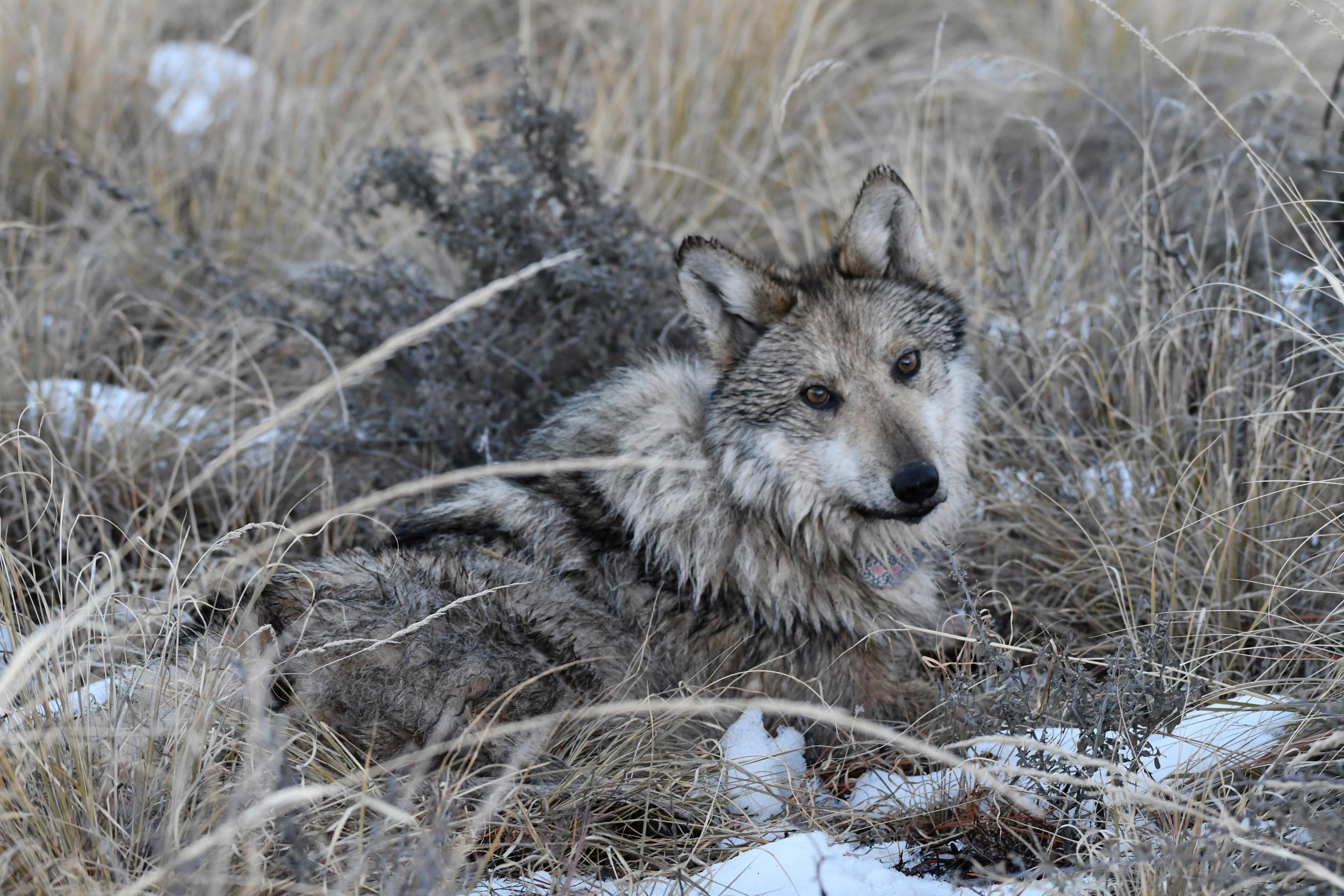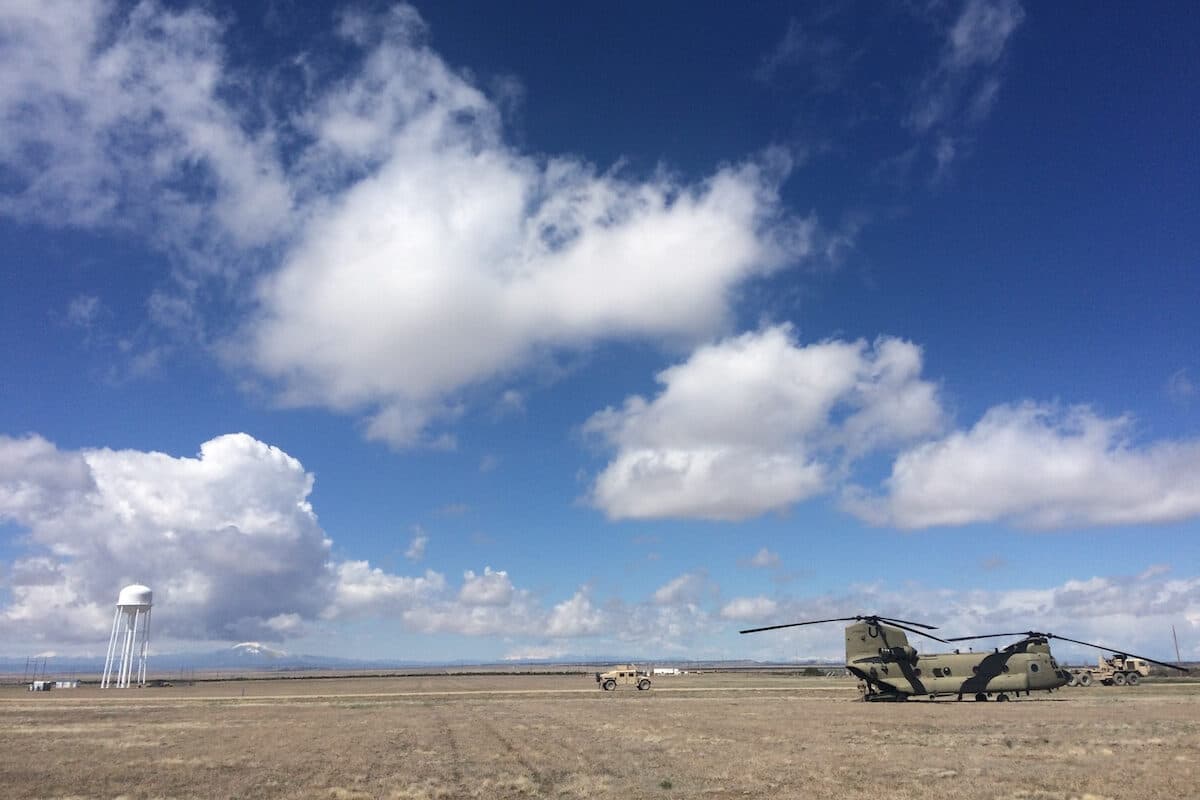
Colorado Parks and Wildlife announced on Friday that it has finalized an agreement with conservation officials in British Columbia to secure up to 15 wolves for the next stage of its controversial and landmark restoration program.
The wolves will be captured between December 2024 and March 2025 and let loose in the state’s “northern release zone” — an area running along the Interstate 70 corridor between Glenwood Springs and Vail.
If nothing goes awry, the new animals from Canada will mark the second year of the state’s wolf restoration and management plan, which was mandated by voters and calls for the release of between 10 and 15 wolves over three to five years. Colorado Parks and Wildlife reintroduced an initial batch of 10 wolves sourced in Oregon near Kremmling in December 2023.
“That’s so we can get a base population so there’s enough of a population to form packs,” Colorado Parks and Wildlife Director Jeff Davis told CPR News. “It sounds counterintuitive, but having enough animals out there that they establish packs will help build a sustainable population and help minimize impacts on livestock.”
Davis said the nine known adult wolves currently living in Colorado travel hundreds of miles without running into territory claimed by other wolf family units. Once the predators establish packs and live within tighter boundaries, the state can learn their movement patterns to minimize any issues with sheep or cattle.
Ranchers are disappointed the state is moving ahead with its plans to reintroduce additional wolves this winter. Tim Ritschard, the director of the Middle Park Stockgrowers Association, said he’d prefer the state pause the reintroduction program for a year while it improved efforts to guard livestock against wolves.
“There’s a lot of things that are still unknown. They’re more concerned with putting wolves on the ground than figuring things out with landowners and producers,” Ritschard said.
The announcement, however, comes after Colorado gave up on efforts to stop the Copper Creek Pack — the state’s only known wolf family group — from feeding on livestock in Grand County.
Earlier this month, Colorado Parks and Wildlife announced it had captured the pack’s matriarch and her four pups. The agency is currently keeping the animals in a secure location before re-releasing them somewhere else in the state.
Wildlife officers also captured the group’s patriarch but said the animal was significantly underweight and had injuries to a hind leg unrelated to the capturing operation. It died a few days later and will soon undergo a necropsy by a third party.
Three of the 10 wolves released last year have died. The list includes the male wolf from the Copper Creek Pack. In addition, another wolf died this spring after an apparent battle with a mountain lion. Colorado Parks and Wildlife is now investigating what killed a third wolf found dead in Grand County earlier this month.
Davis insisted those deaths shouldn’t leave anyone to think the restoration effort is a failure.
“With all these restoration efforts, we always anticipate some level of mortality,” Davis said.
After its first set of releases, many nearby ranchers were frustrated about a lack of notification beforehand. Davis said the state will work closely with local elected officials and livestock operators living near any future release locations.
Colorado will cover all costs of capturing and relocating the wolves.






